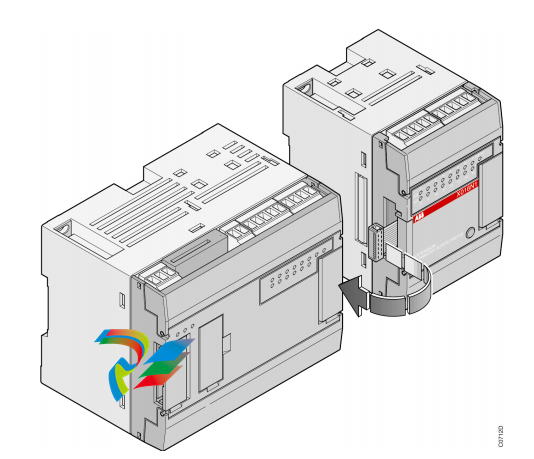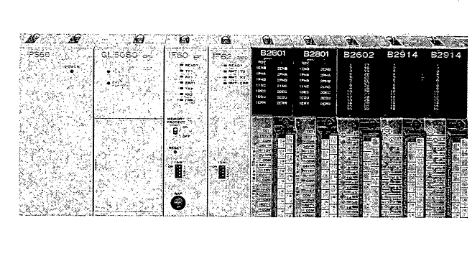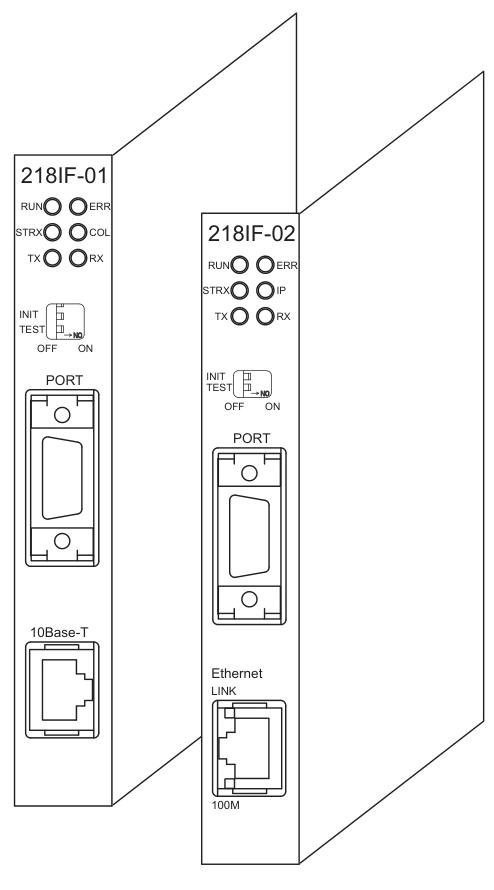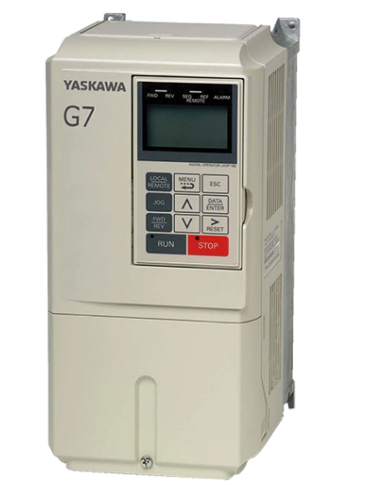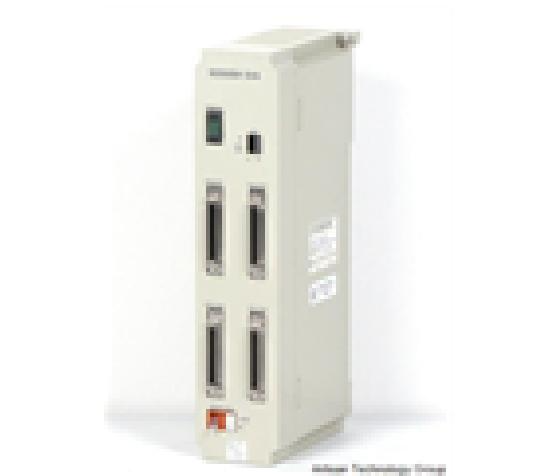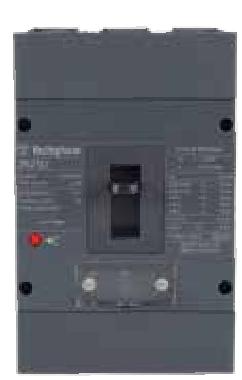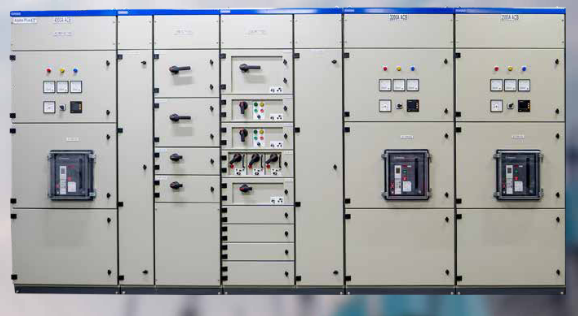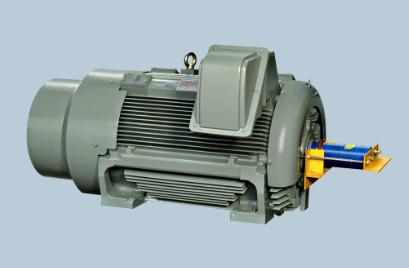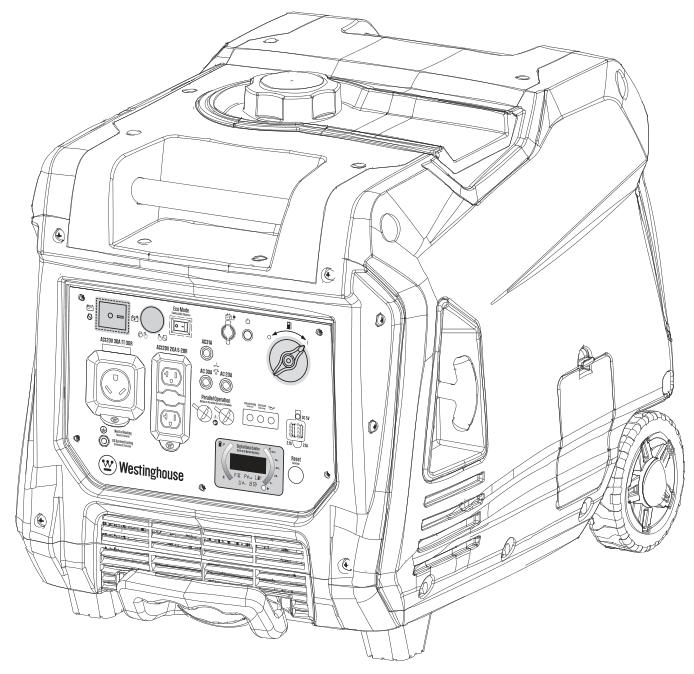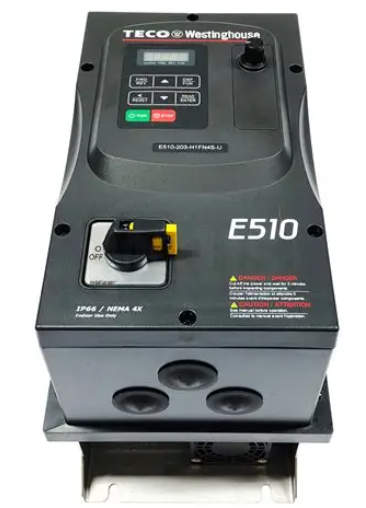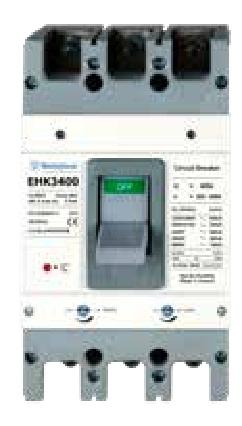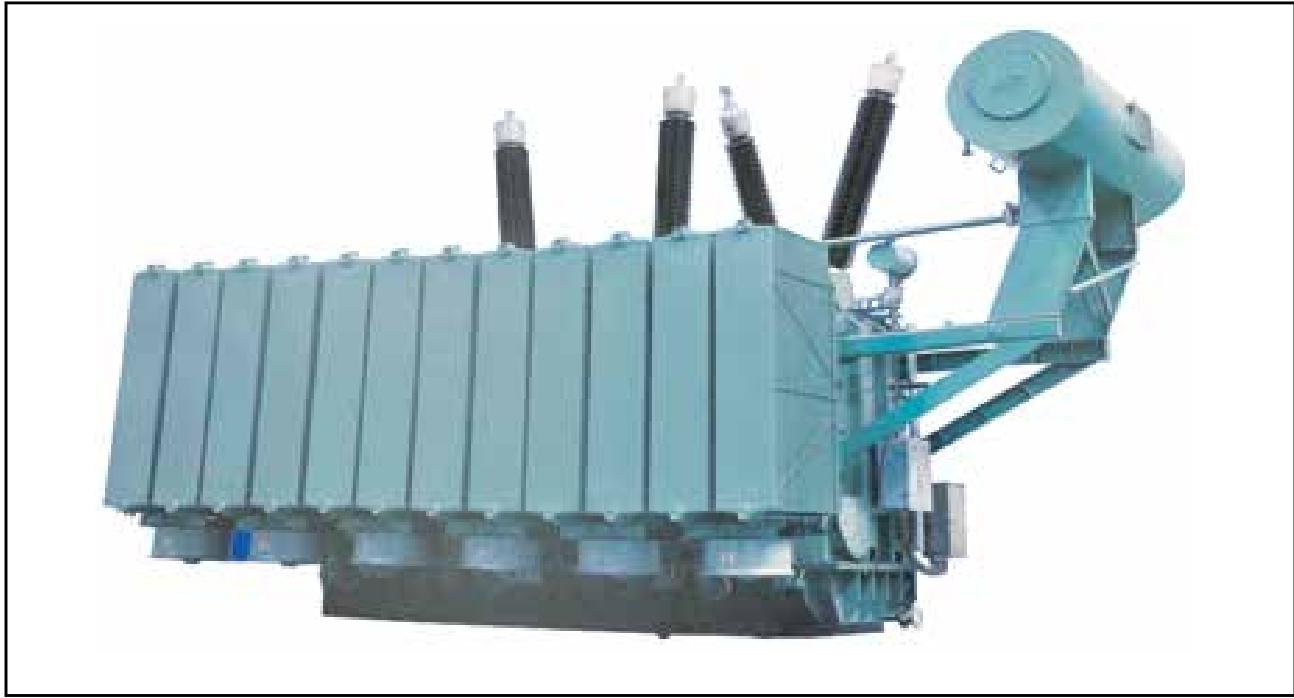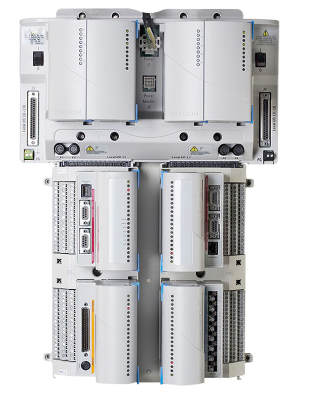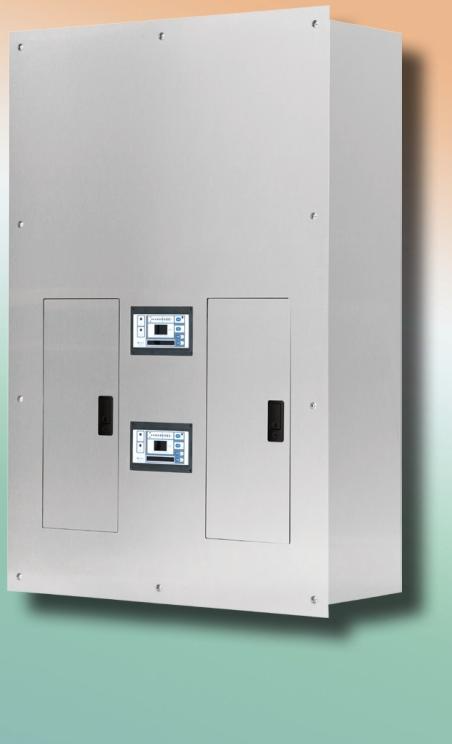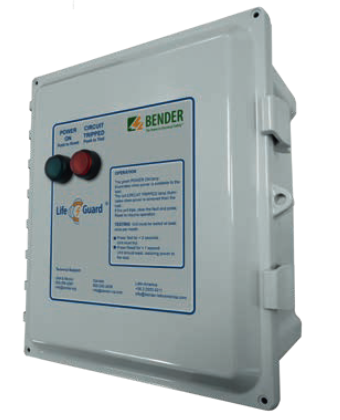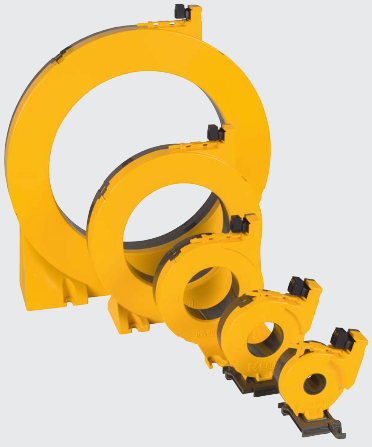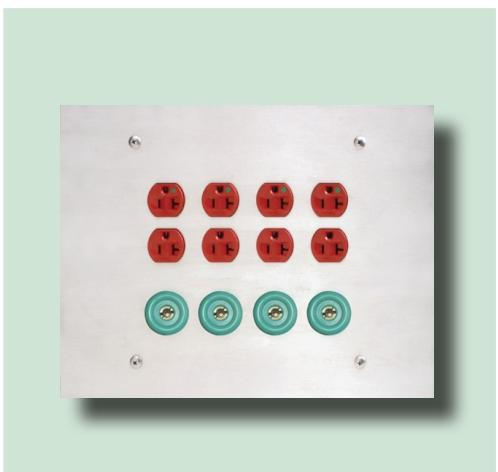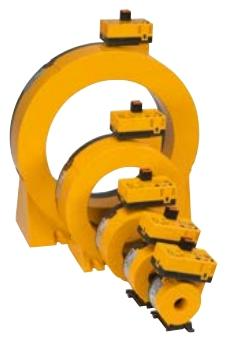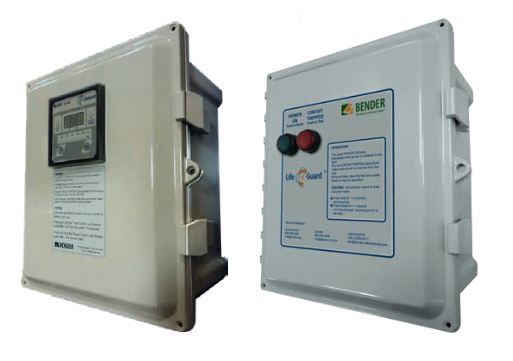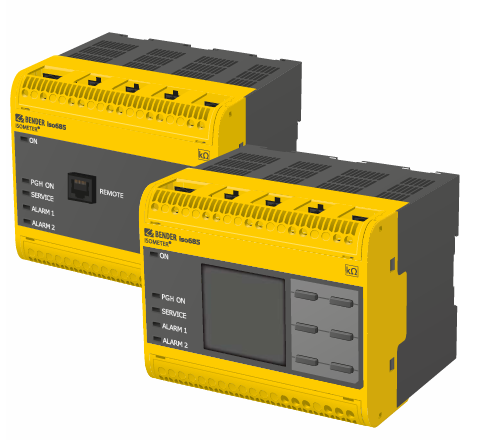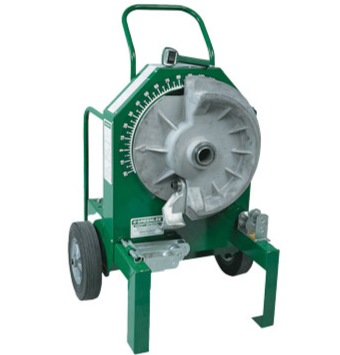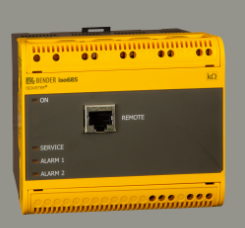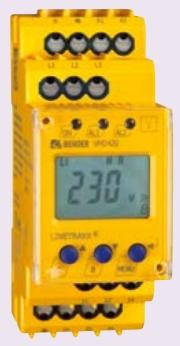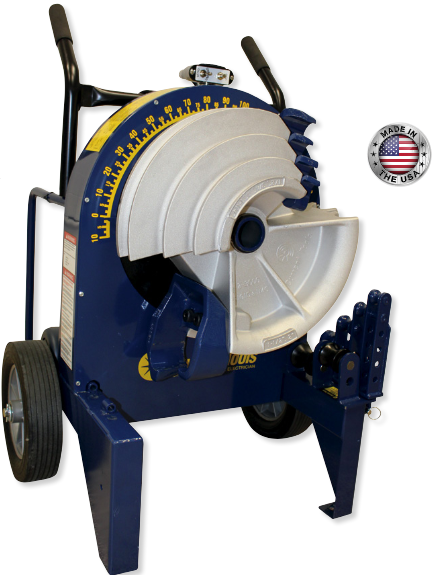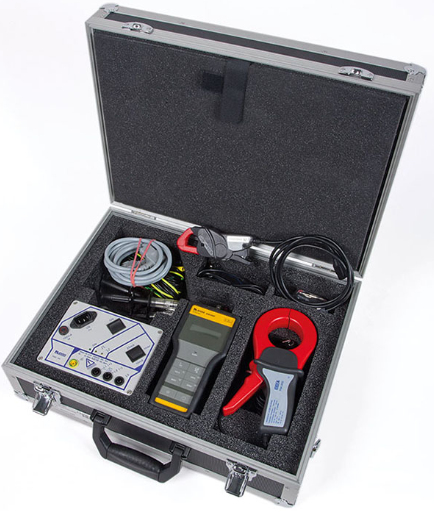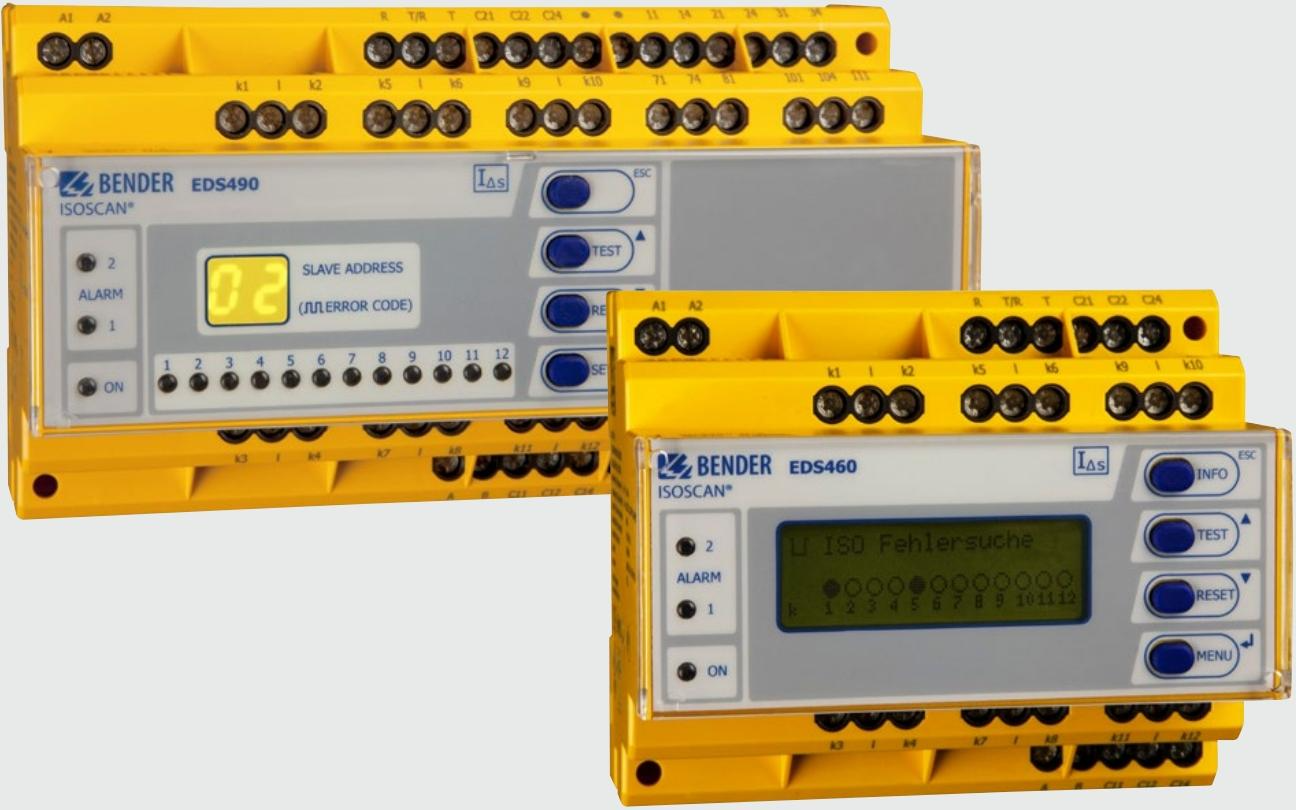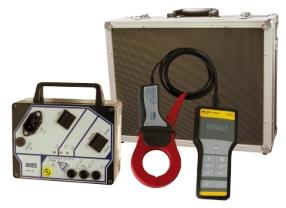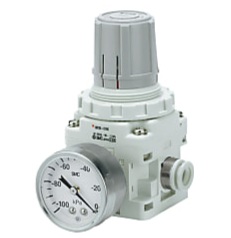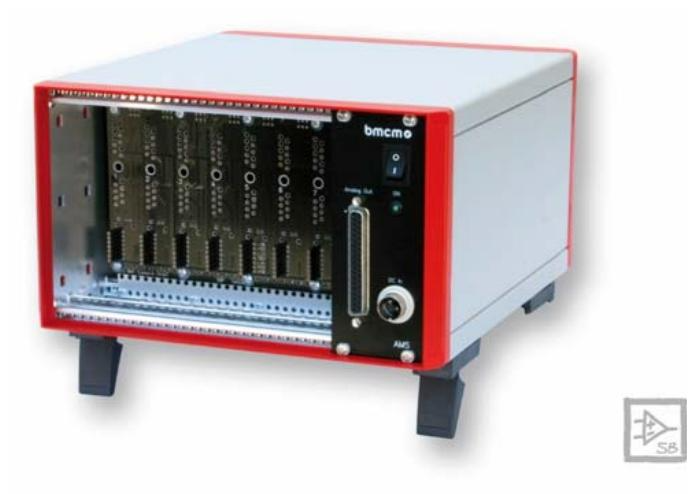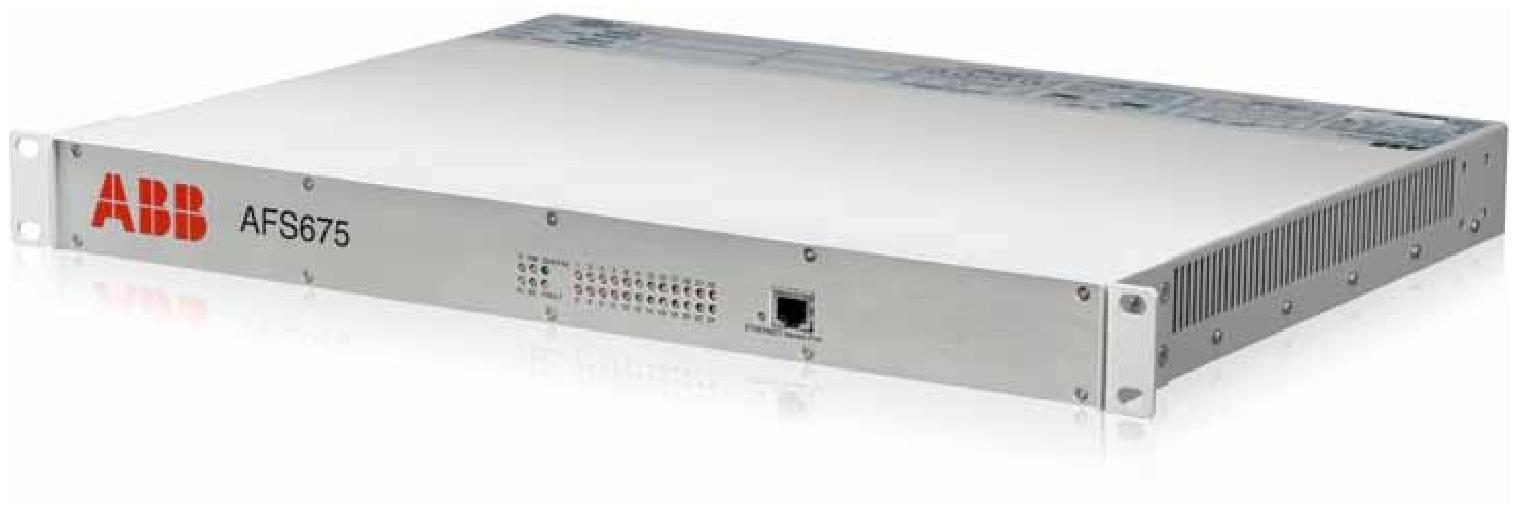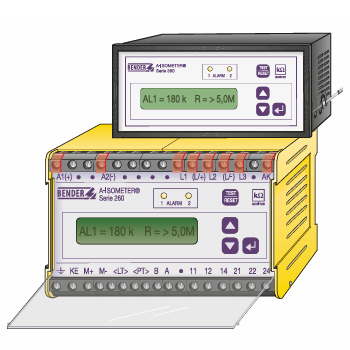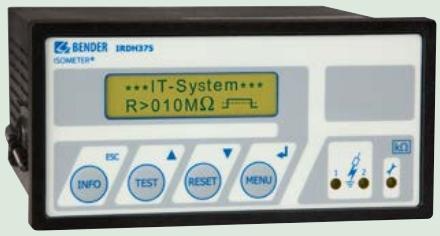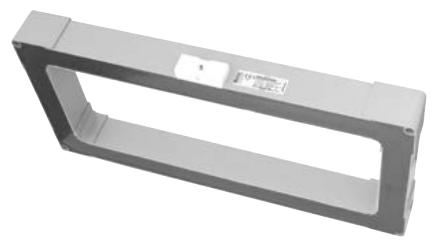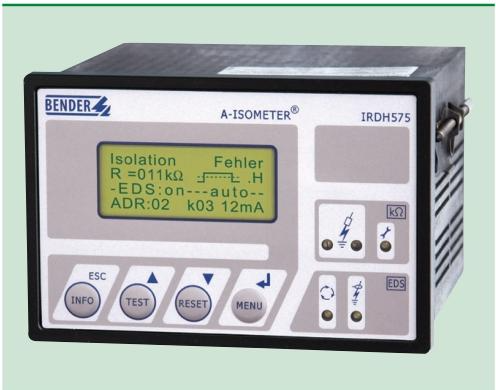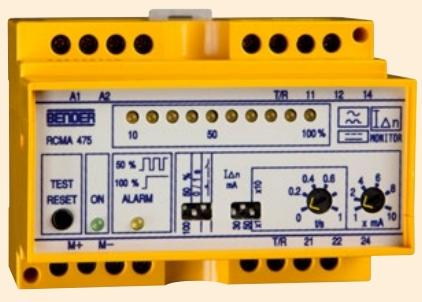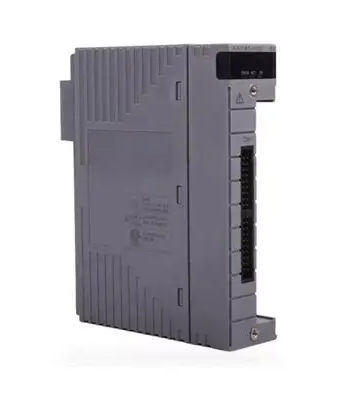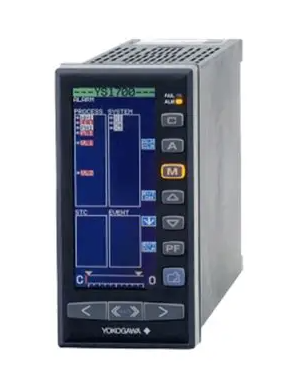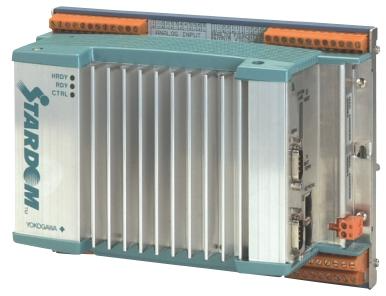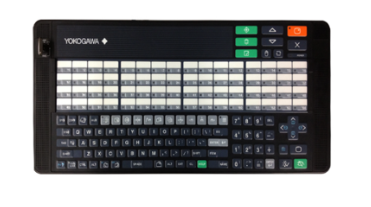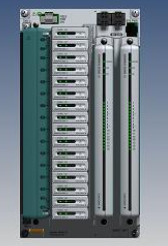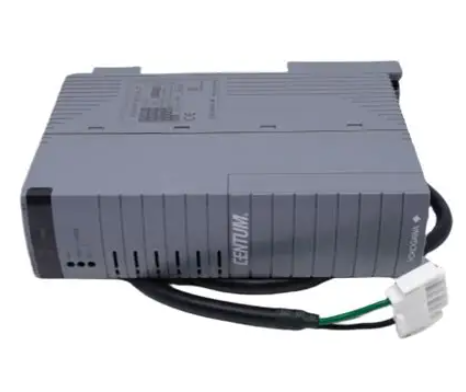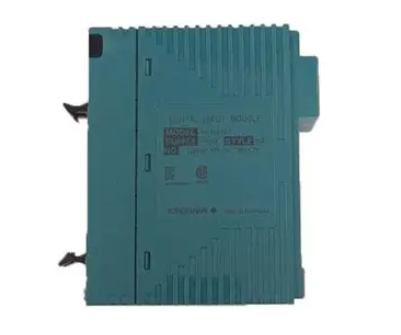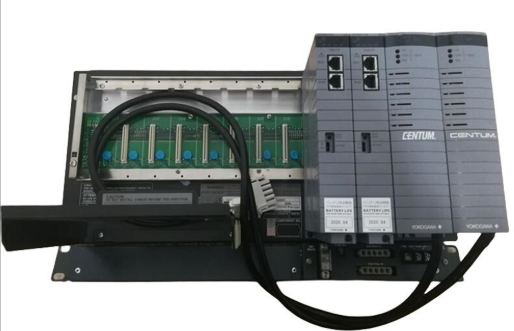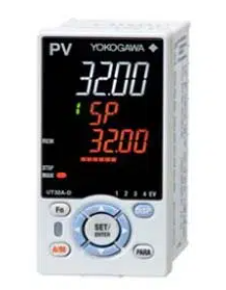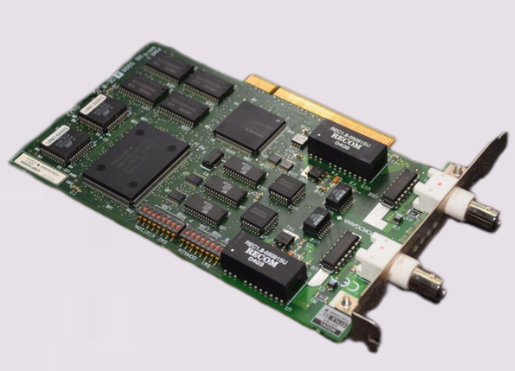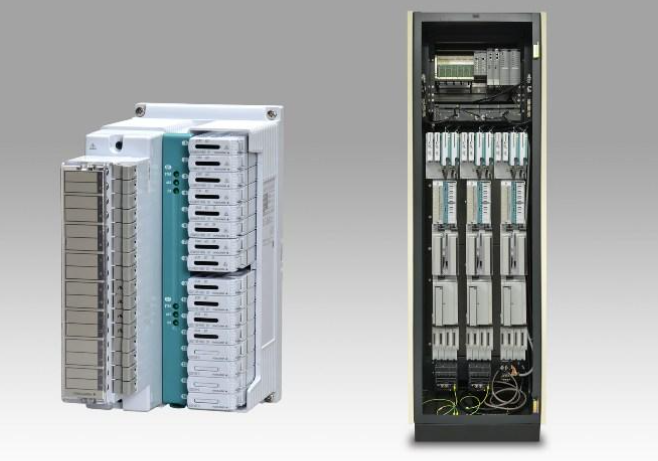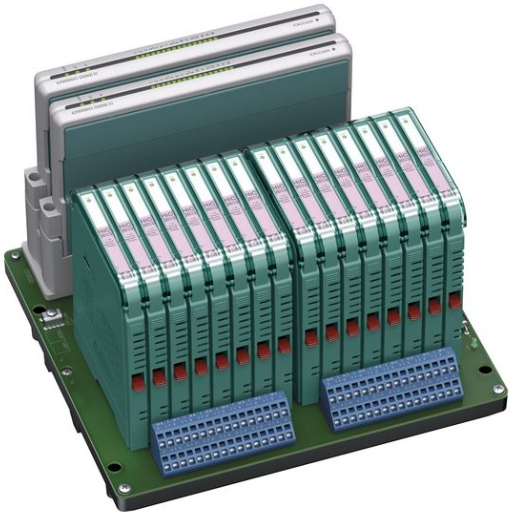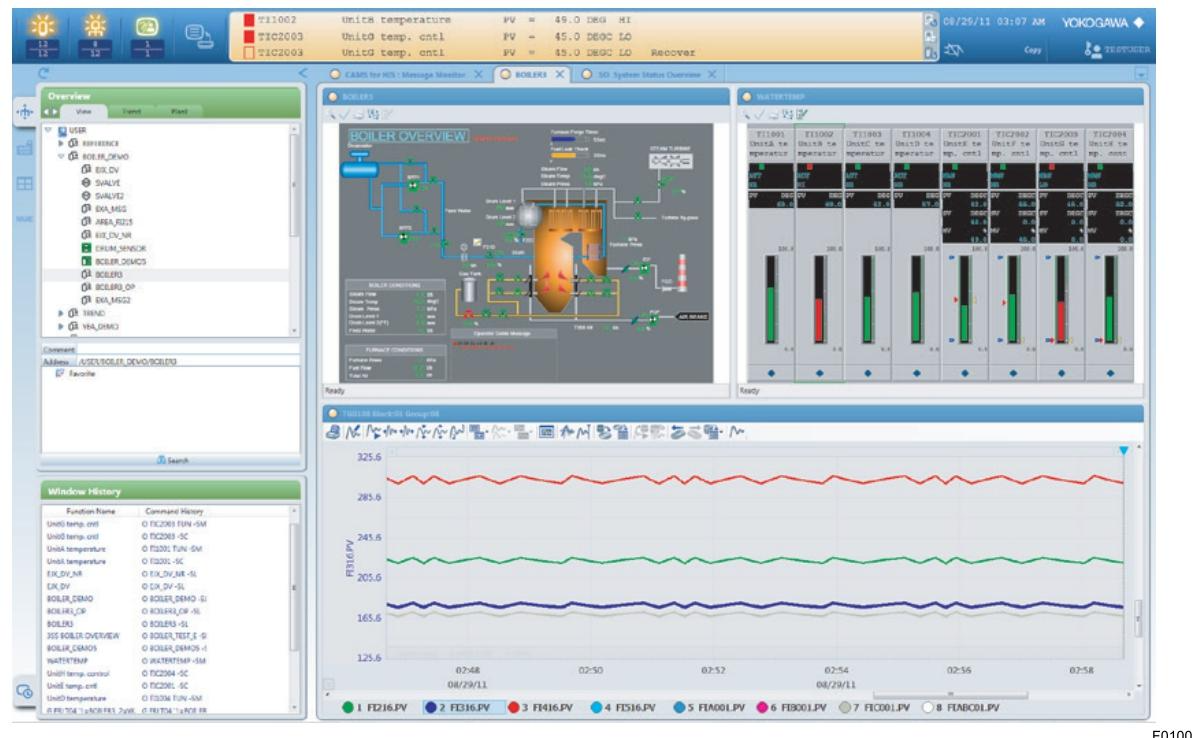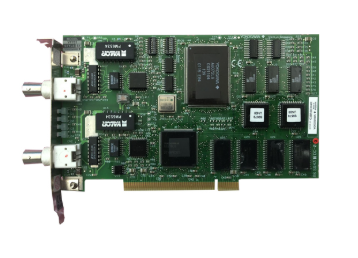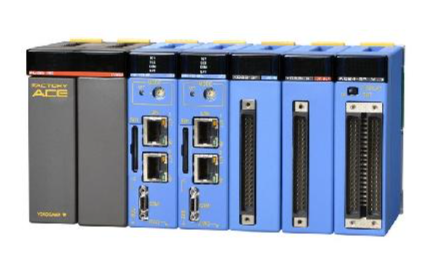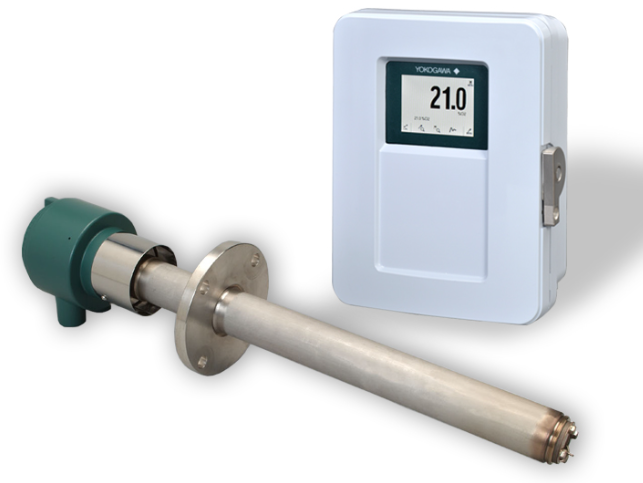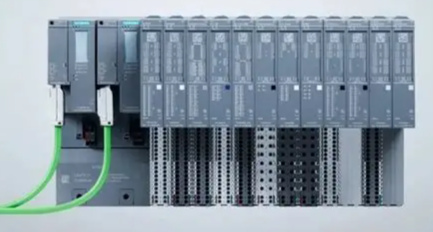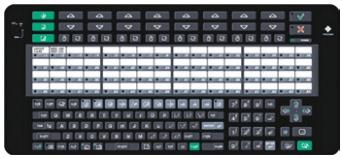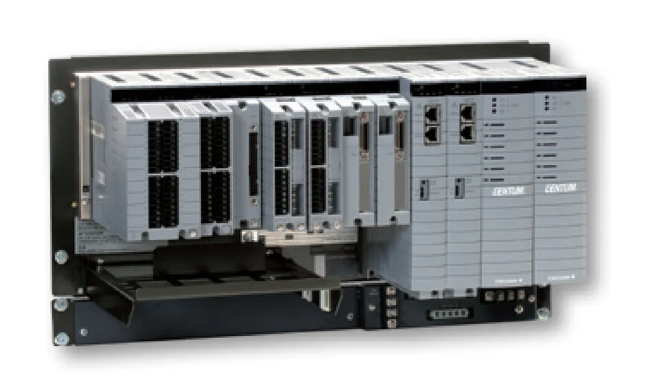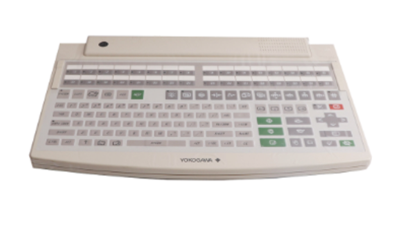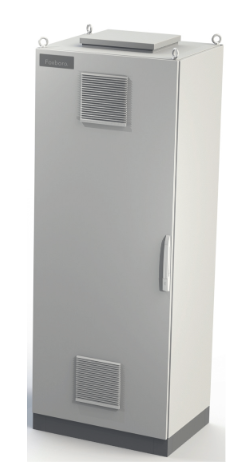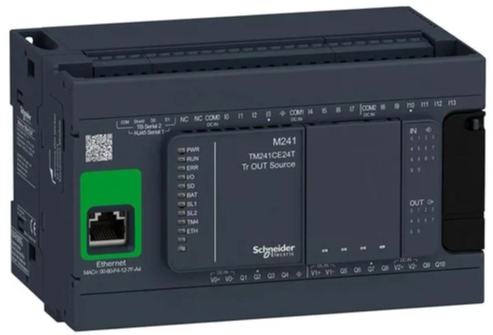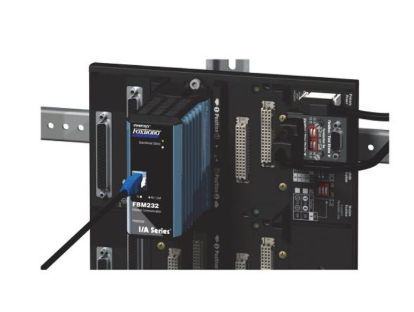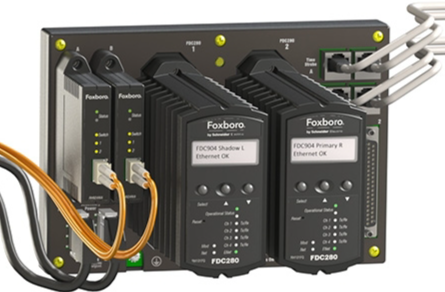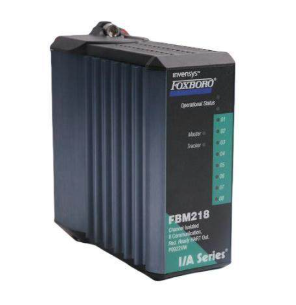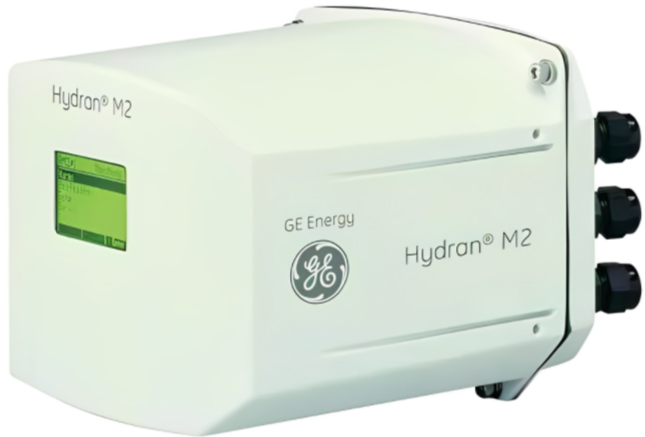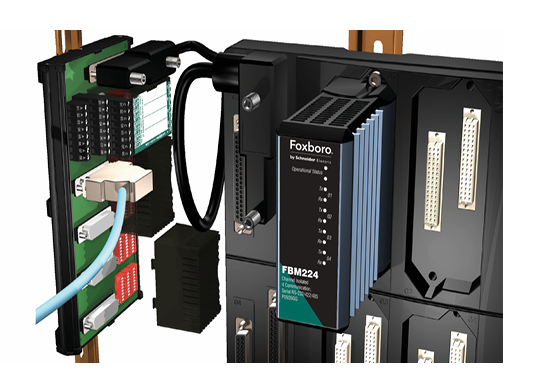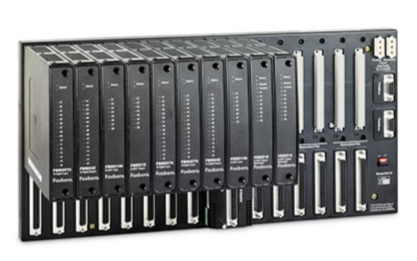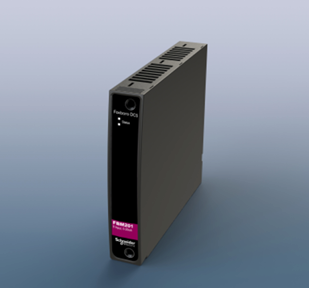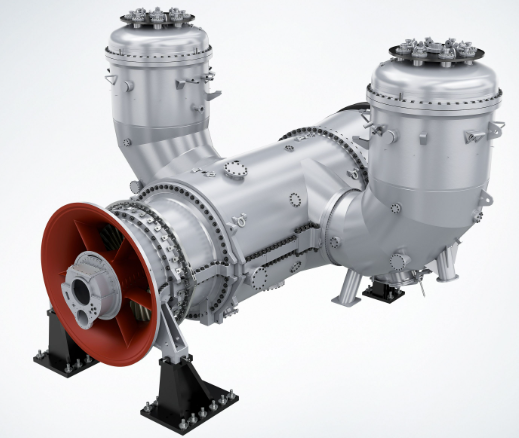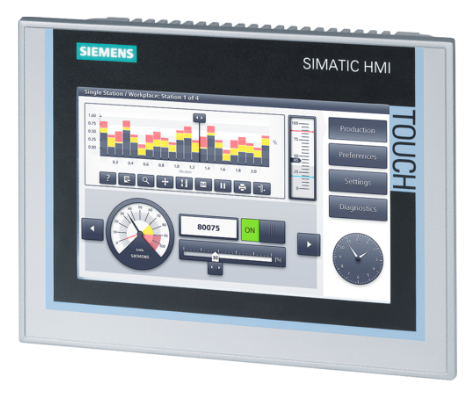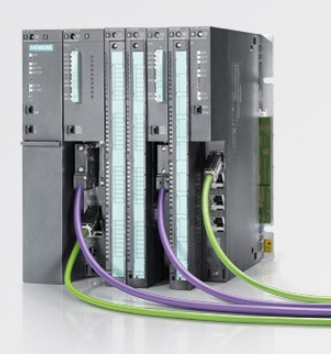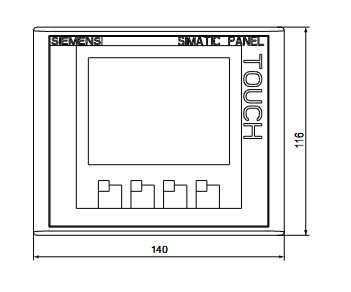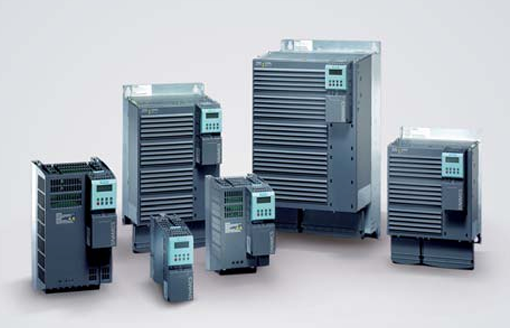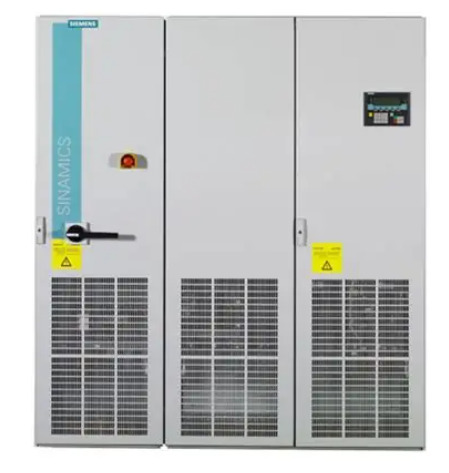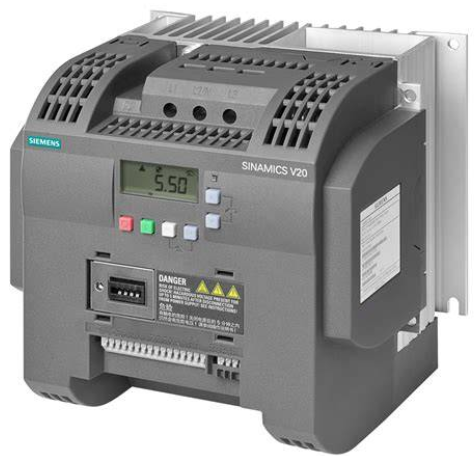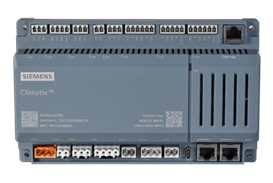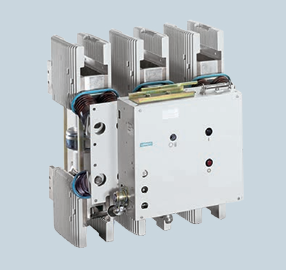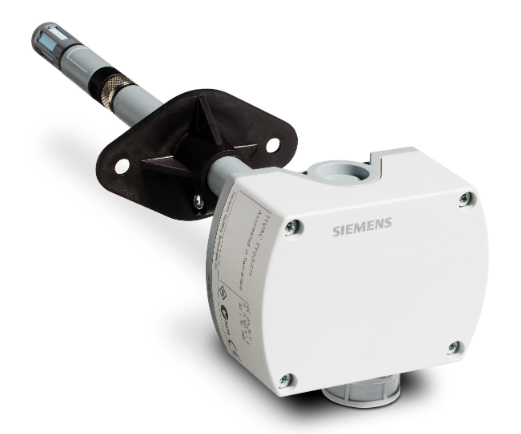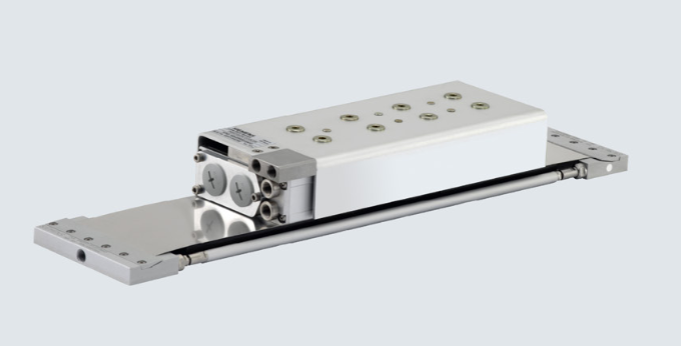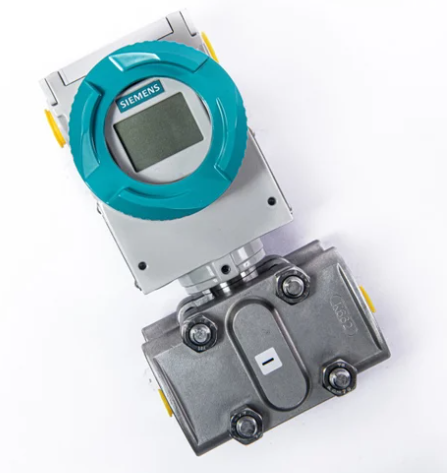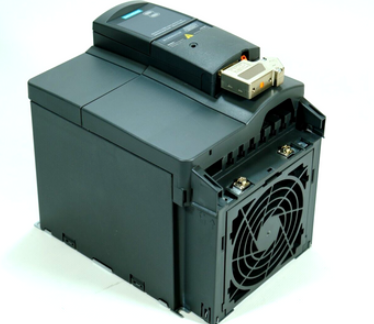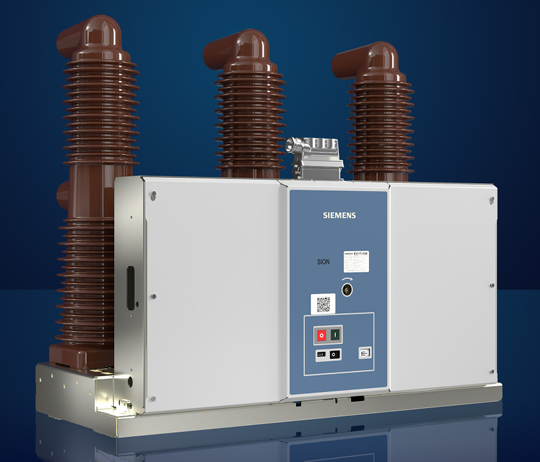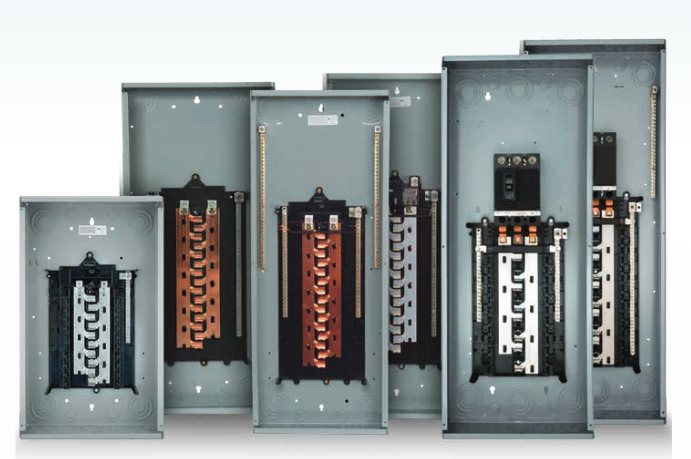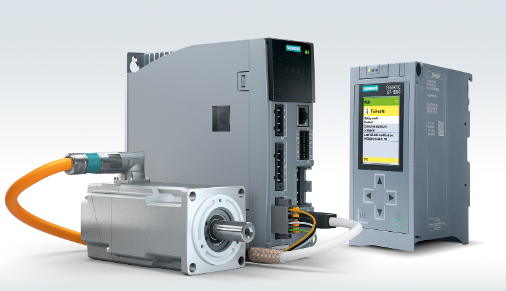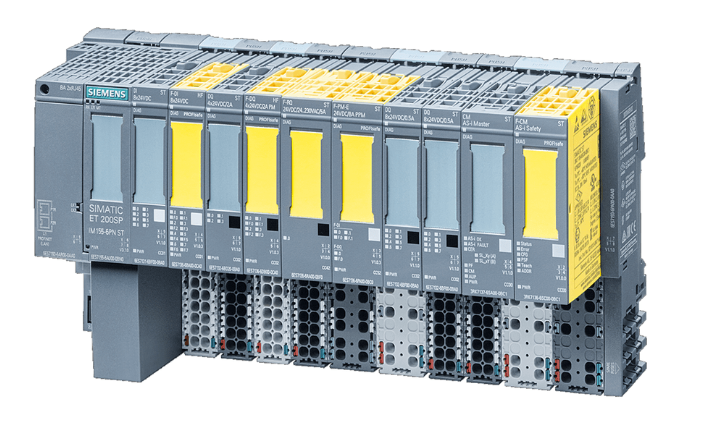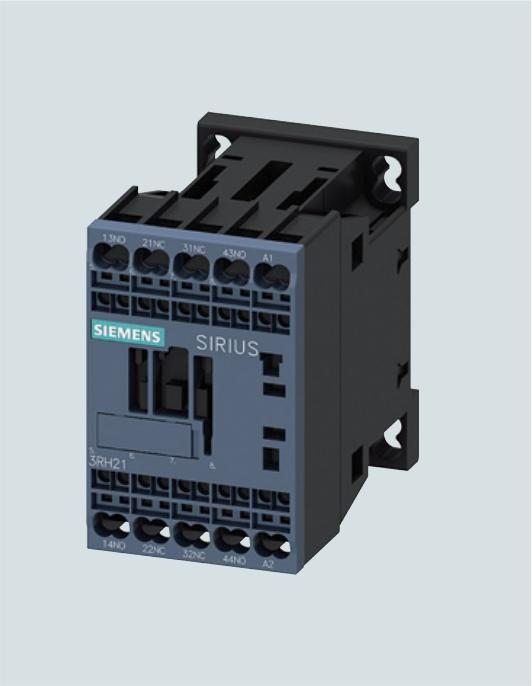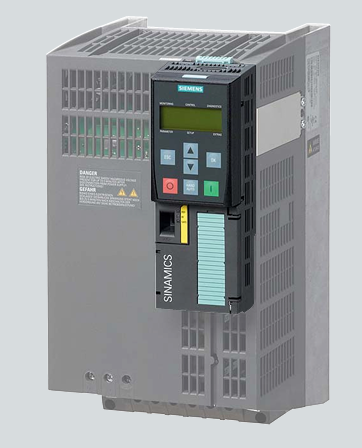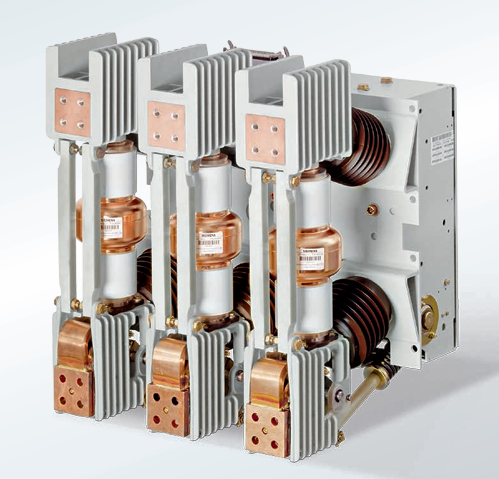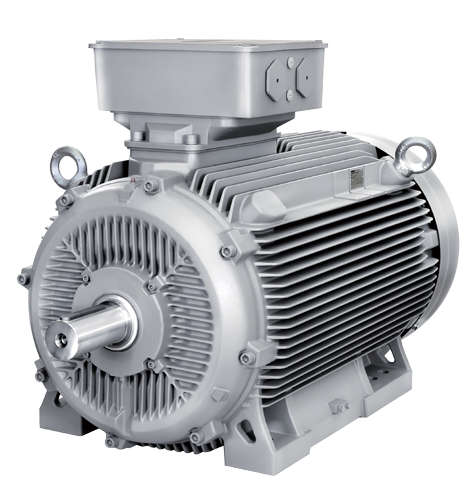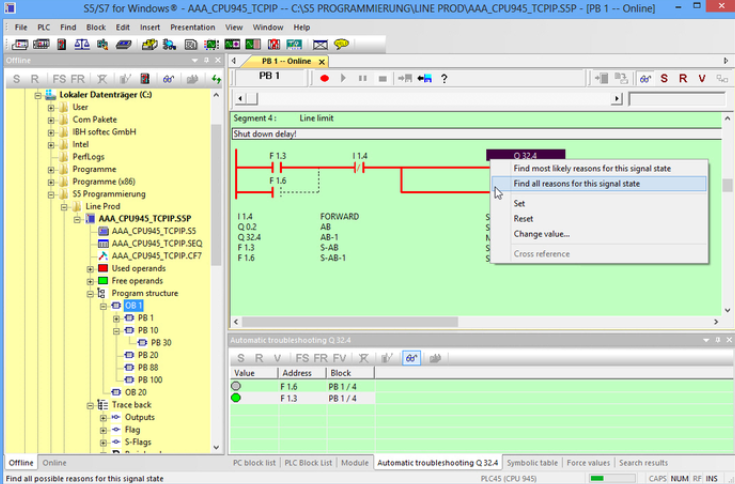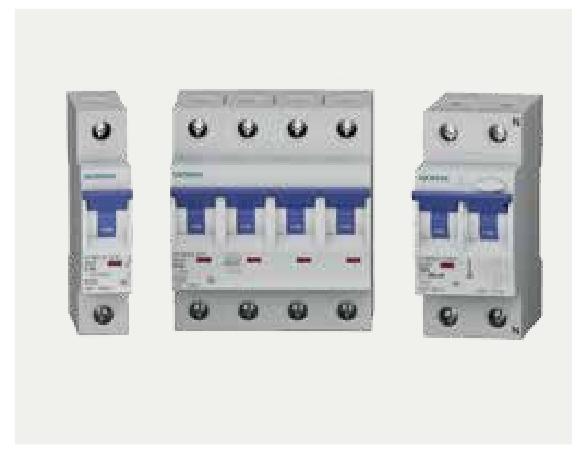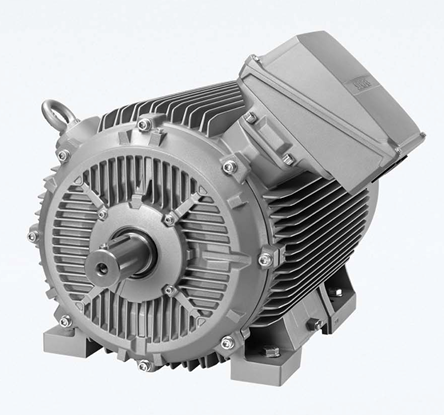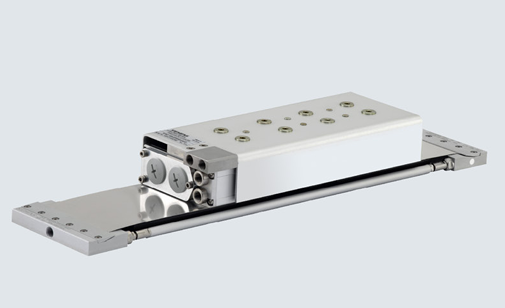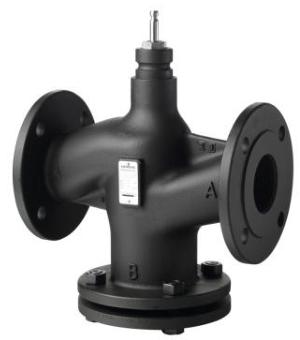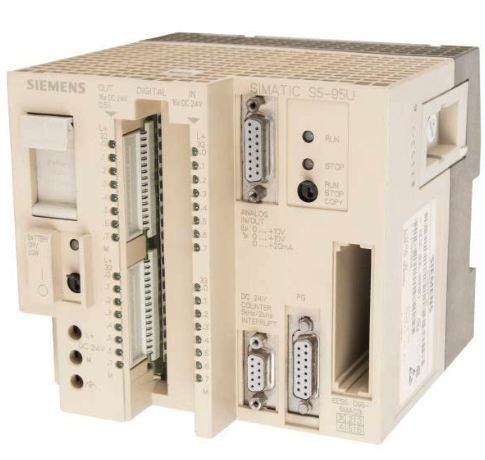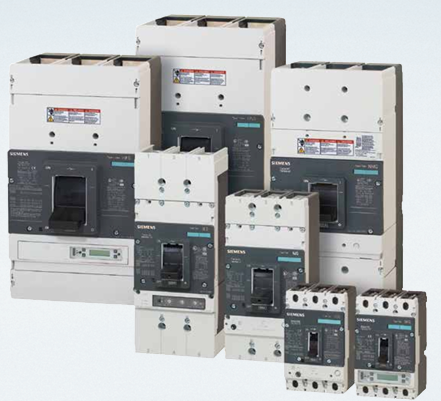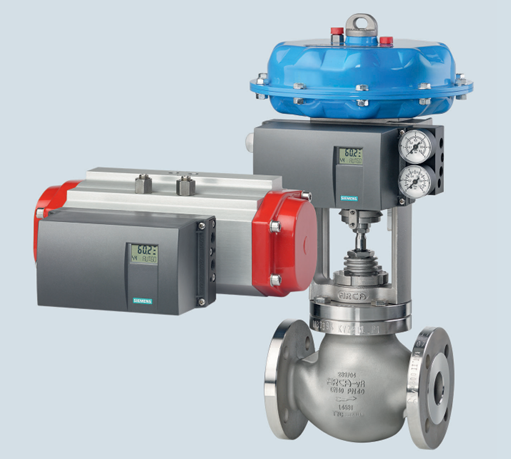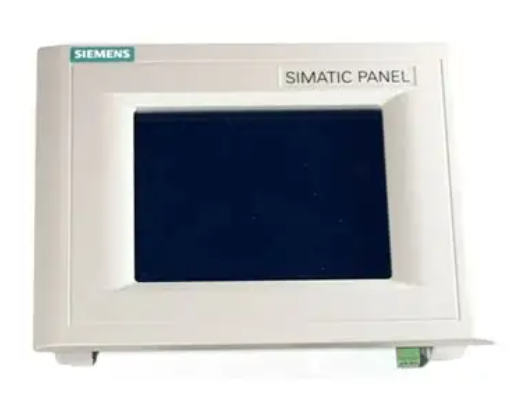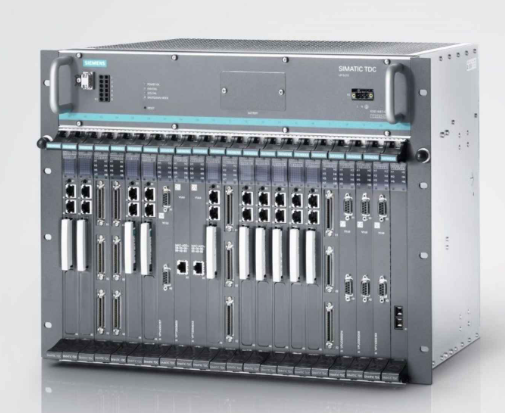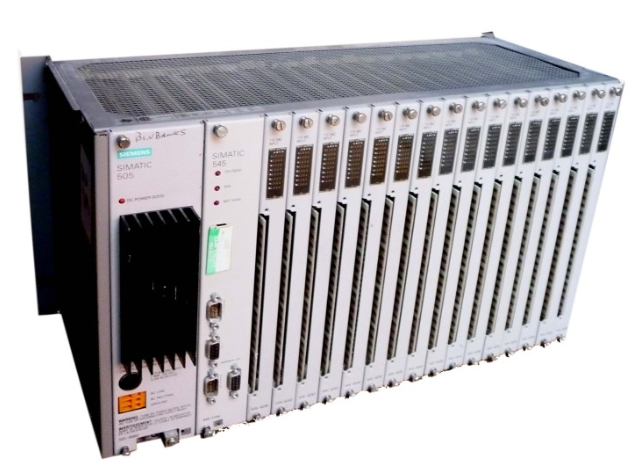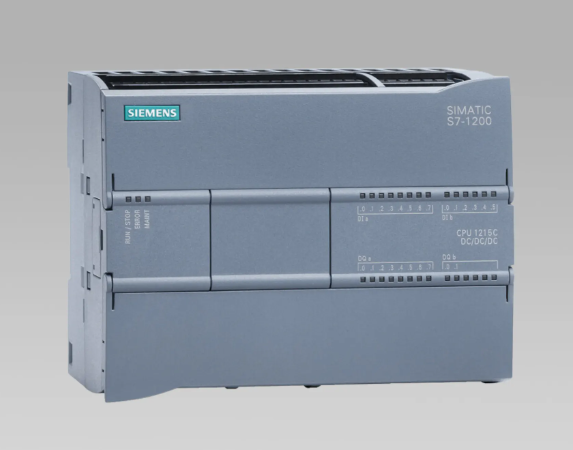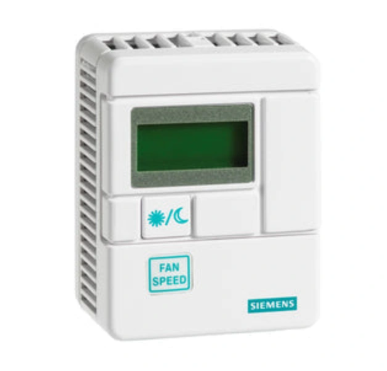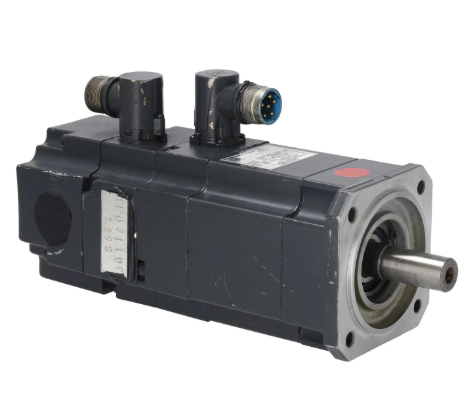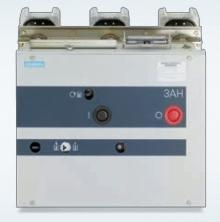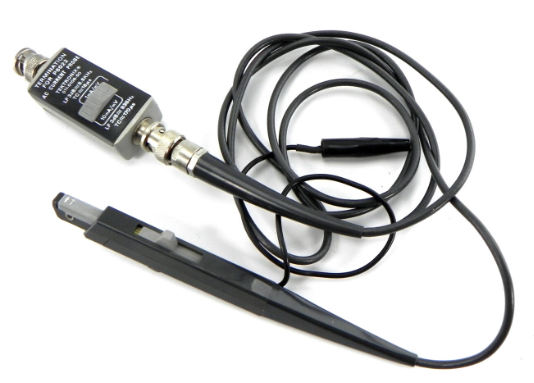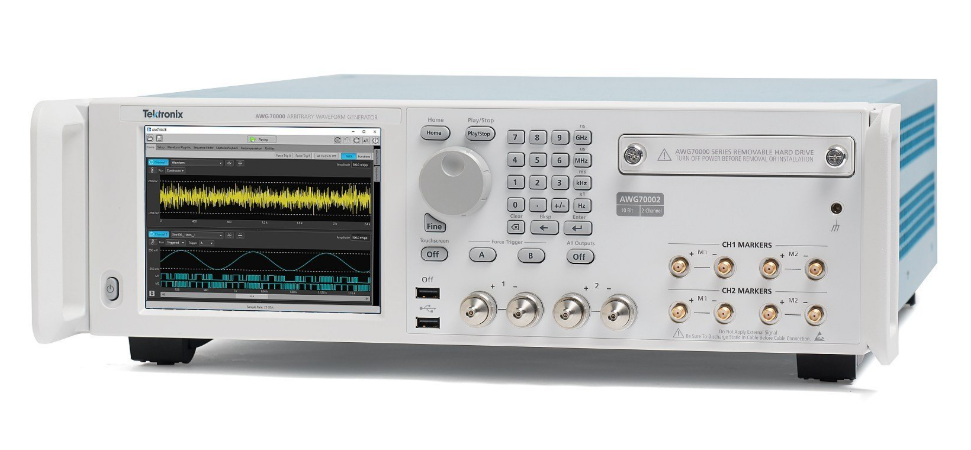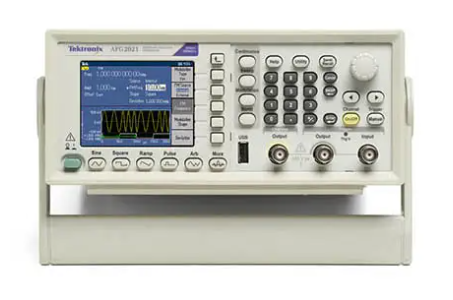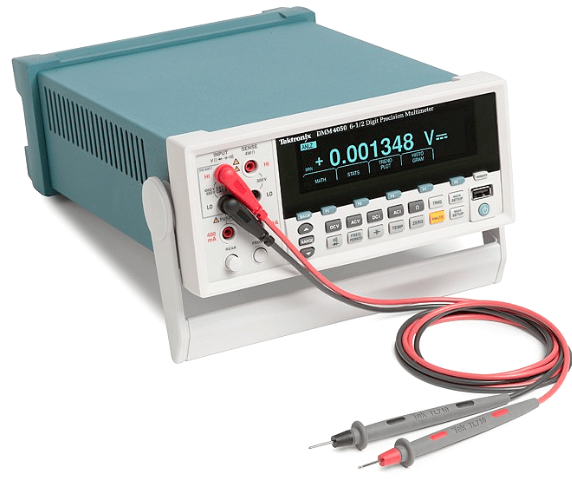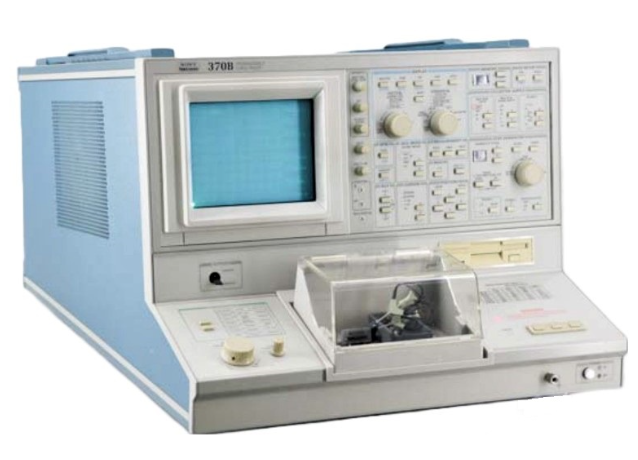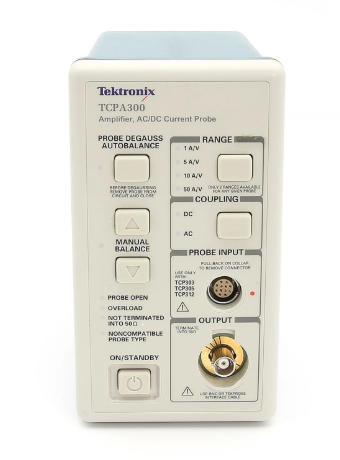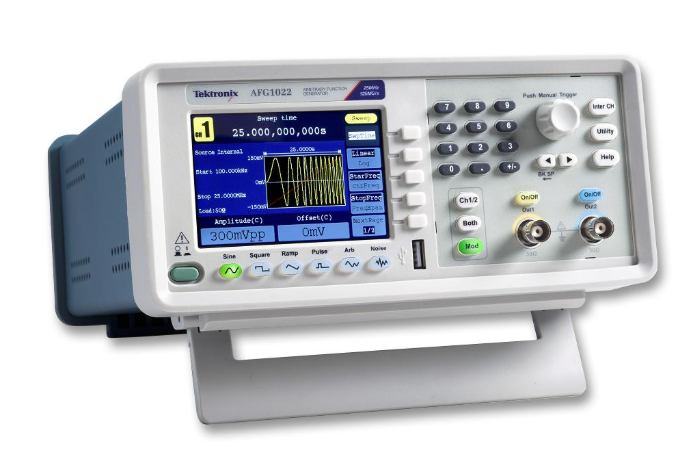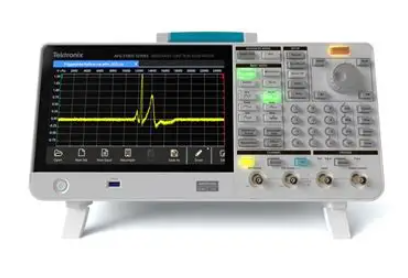

K-WANG
+086-15305925923
Service expert in industrial control field!
Product
Article
NameDescriptionContent
Adequate Inventory, Timely Service
pursuit of excellence


Ship control system
Equipment control system
Power monitoring system
Brand
Product parameters
- Telephone:+86-15305925923
- contacts:Mr.Wang
- Email:wang@kongjiangauto.com
Description
These Operating Instructions apply to the digital generator
protection REG 216, REG 216 Compact and to the digital control
unit REC 216. In these instructions, the designation RE.216 is
used to refer to both types.
ABB REC216 Numerical Generator Protection
INTRODUCTION
These Operating Instructions apply to the digital generator
protection REG 216, REG 216 Compact and to the digital control
unit REC 216. In these instructions, the designation RE.216 is
used to refer to both types.
Application of the protection system
A number of different protection functions are provided in the
software permanently stored within the RE.216 system.The
functions required to protect a specific plant can be individually
selected, activated and set. A particular protection function may
be used several times in different protection schemes. How the
signals are to be processed by the protection for the plant in
question such as the assignment of tripping, signalling and logic
signals to the various inputs and outputs is also determined by
appropriately configuring the software.
The system hardware is modular in structure. The number of
electronic devices and I/O units actually installed, for example, to
increase the number of protection functions or for purposes of
redundancy, can vary according to the requirements of the par-
ticular plant.
Because of its modular design and the possibility of selecting
protection and other functions by configuring the software, the
generator protection REG 216 can be adapted for the protection
of small, medium and large generators as well as large motors,
power transformers and feeders, while the control unit REC 216
can perform data acquisition and control and supervision
functions in medium and high-voltage substations.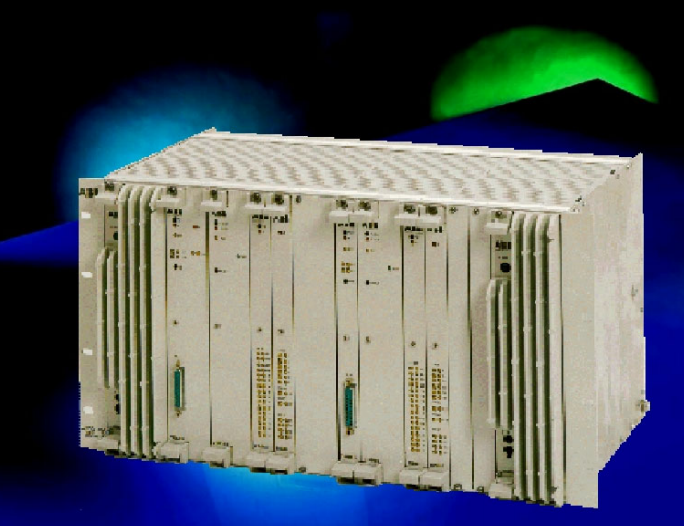
Other relevant documents
A general description of the system and the electronic devices
and I/O units installed and the corresponding technical data are
to be found in data sheet 1MRB520004-Ben "Type REG 216 and
Type REG 216 Compact Generator Protection".
Each RE. 216 protection system is engineered to fulfil the par-
ticular requirements of the plant concerned. A specific set of
diagrams is provided for each installation, which defines the
system with respect to the electronic devices and 1/O units in-
stalled, their locations and the internal wiring.
The set of plant diagrams includes:
single-line diagram of the protection: complete representation
of the plant showing the c.t. and v.t. connections to the
protection.
standard cable connections: block diagram showing the
protection equipment cabling (electronic equipment racks to
I/O units).
protection cubicle layout: installation and locations of the
electronic equipment and I/O units.
electronic rack layout: equipment locations within a rack.
measurement circuits (three-phase plant diagram): connec-
tion of the c.t's and v.t's to the protection.
auxiliary supply: external connection and interal distribution
of the auxiliary d.c. voltage supply.
I/O signals: external connection and internal wiring of the
tripping and signalling outputs and the exteral input signals.
General instructions
The electronic units may only be inserted into or removed from
the equipment rack when the auxiliary supply is switched off!
The auxiliary supply is switched off by means of a switch on the
auxiliary d.c. supply units 216NG61,resp. 216NG62 or 216NG63.
The following must be noted in this respect:
Every electronic equipment rack is equipped with its own
auxiliary power supply unit.
Either one or a maximum of two redundant216NG6.auxiliary
d.c. supply units can be installed in an equipment rack.
Where two redundant auxiliary d.c. supply units are fitted,
both units must be switched off.
(See also Section 2.2.)
Any work carried out on the protection such as interal adjust-
ments, inserting soldered jumpers, wiring,connections etc., may
only be performed by suitably qualifed personnel.
In addition to these instructions, all applicable local regulations
governing work and safety must be strictly observed when in-
stalling, wiring and commissioning the protection.
Modifications and repairs to the electronic units or software
changes may not be performed by the user. No liability will be
accepted and any warranty becomes invalid in the case of im-
proper interference or tampering with the protection equipment.
Defective units must be returned to ABB for repair (see alsoSection 7.).
Purchase history
| User name | Member Level | Quantity | Specification | Purchase Date |
|---|
Total 0 Record
Related products
Customer Reviews
Satisfaction :
5 Stars
No evaluation information






